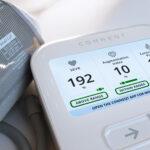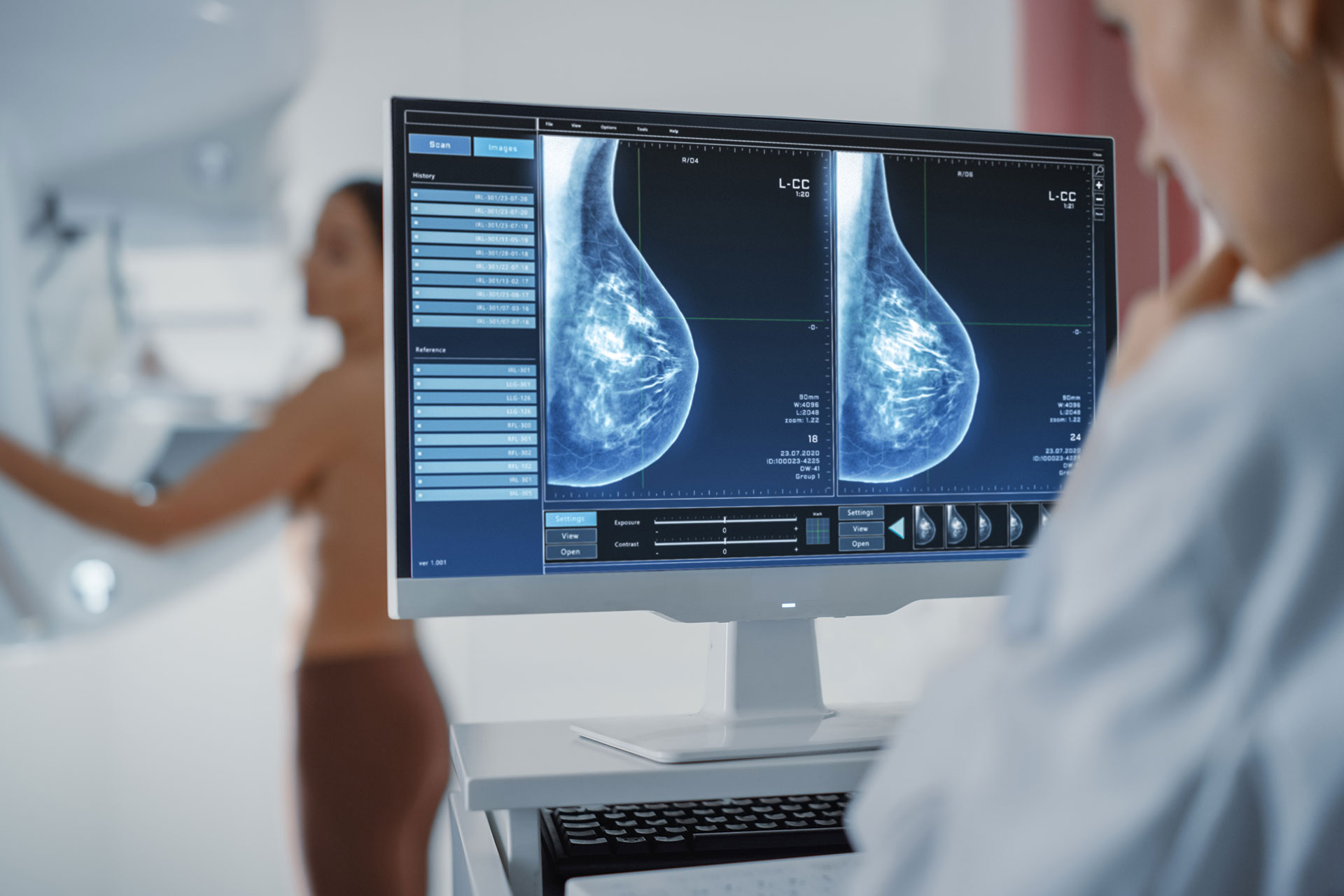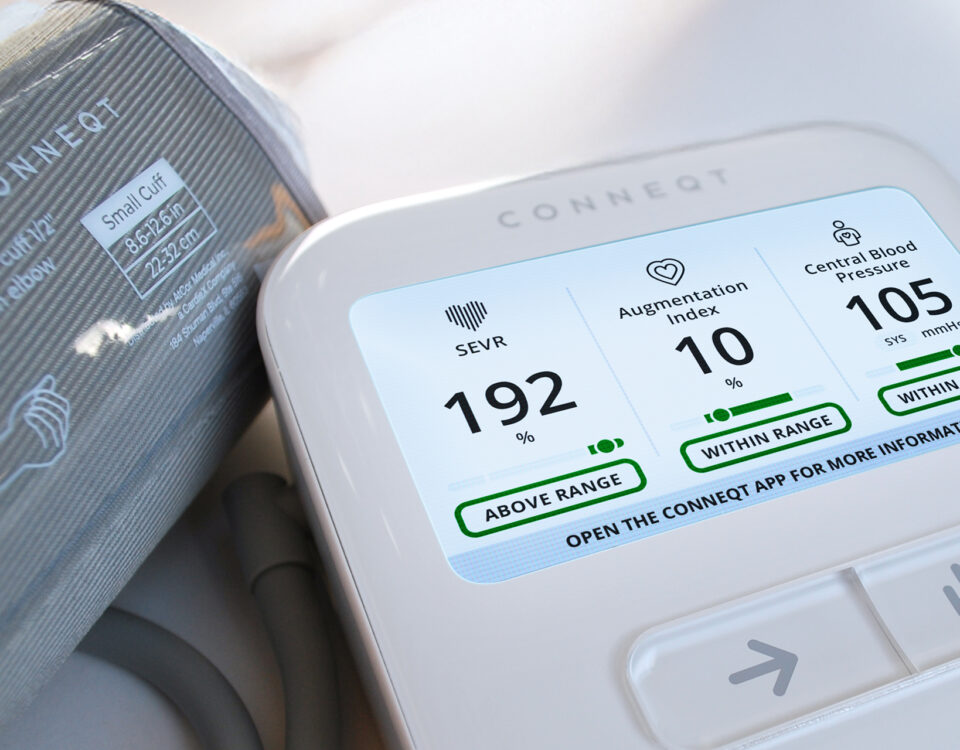Mammograms screen millions of women for breast cancer every year. But hidden in those same images is another warning sign that most doctors never mention, and most women never hear about.
If your report mentions “breast arterial calcification,” or BAC, it isn’t cancer. It refers to calcium that forms along the small arteries in breast tissue, offering a potential marker of vascular aging and early heart risk.

Measure what matters
Save 20% on checkout with code VITALITY
For years, BAC was dismissed as a harmless finding. However, new research shows that these calcium deposits often reflect the same vascular changes happening throughout the rest of the body.
Your mammogram may be checking for cancer, but it could also be showing how your arteries are holding up as you get older.
What Is Breast Arterial Calcification (BAC)
On a mammogram, BAC appears as thin, white lines tracing the path of breast arteries. These calcium streaks form in the middle layer of the artery wall, where they cause stiffness rather than blockage. Unlike plaque that clogs arteries, this type of calcification makes them less flexible.

*Examples of BAC (A = severe, B = moderate, C = light). Image source: American Heart Association, Circulation: Cardiovascular Imaging (2022).
As arteries lose elasticity, the heart works harder to keep blood flowing. This change reflects vascular aging rather than high blood pressure itself. When arteries stiffen, the entire cardiovascular system feels the strain.
BAC becomes more common with age, especially after menopause, yet many radiology reports still leave it out. There’s also no universal scoring system to guide the next steps.
The signal is there, but most women never get to see it.
What the Science Shows
Growing research confirms the link between BAC and cardiovascular risk. In a large study of postmenopausal women, those with breast arterial calcification (BAC) were about 1.5 times more likely to develop heart disease or stroke, even after accounting for age and cholesterol. A meta‑analysis of more than 33,000 women found similar results: those with BAC had more than double the odds of coronary artery disease. Another review confirmed that BAC is linked to diabetes and high blood pressure and that women with more severe BAC tend to face higher cardiovascular risk.
Researchers believe this is because BAC forms in the middle layer of the artery wall, causing stiffness rather than blockage, a hallmark of vascular aging. This helps explain why BAC can predict risk even when traditional measures look normal.
New AI‑based tools are helping doctors measure BAC more precisely. Automated scoring can predict future heart problems and even mortality, improving consistency across mammogram systems and helping radiologists identify risk that might otherwise go unreported.
BAC reflects the same process of arterial aging that drives stiffness and cardiovascular strain throughout the body. It is not yet part of formal risk calculators, but many researchers see it as a promising signal for early prevention.
BAC is not a diagnosis. It is an early warning that can appear years before symptoms develop.
Why This Matters for Women’s Health
Heart disease kills more women than all cancers combined. Yet early warning signs are often missed, not because the technology doesn’t exist but because we aren’t looking in the right places.
BAC changes that. It appears years before symptoms and often before traditional risk factors like blood pressure or cholesterol become concerning.
Tools like the CONNEQT Pulse measure these same arterial signals, including central blood pressure, arterial stiffness, and oxygen balance, helping women see how their arteries change over time. Each device includes 30 days of Care+ with access to detailed Cardiology Reports and On-Demand Assessments for deeper insight.
Women’s heart disease doesn’t always announce itself. Sometimes it hides in plain sight on a mammogram.
If BAC Appears on Your Report
If BAC appears on your report, it isn’t an emergency. It’s an opportunity.
Bring your report to your clinician and review your overall cardiovascular profile, including central blood pressure, cholesterol, blood glucose, and family history.
Ask about noninvasive vascular assessments such as the CONNEQT Pulse, which tracks arterial stiffness to show how your arteries respond to prevention efforts.
Then focus on the fundamentals: move more, limit sodium, get consistent sleep, manage stress, and avoid tobacco. These daily choices support stronger, more flexible arteries and a healthier heart.
Keep a copy of your mammogram report. Because BAC reporting isn’t yet standardized, tracking results over time can help guide care and show progress.
A New Window Into Women’s Heart Health
Every year, millions of women get mammograms. With consistent BAC reporting and new AI tools, those same scans could become one of the most powerful early-warning systems for cardiovascular disease.
The technology is already here. The images are already being taken. Now it’s time to start reading what they’re trying to tell us.
One image. Two powerful insights. Better protection starts now.






